‘PRESENCE’ – TDR Consortium Special Issue by Yale University
‘PRESENCE’ – TDR Consortium Special Issue by Yale University Coedited by Kimberly Jannarone, Elise Morrison, and Tavia Nyong’o
For nearly three decades, scholars have debated whether performance is constituted by the mutual presence of live bodies in coterminous time and space. Since its inception, this debate has been influenced by poststructuralism, feminism, queer theory, phenomenology and critical race theory. For these discourses, performance can critically interrogate the metaphysics of presence by confusing, displacing, or reframing the conditions by which we distinguish it from absence. Consequently, performance has often been identified as an elusive mode of presence that challenges all manner of culturally constructed binaries: appearance and disappearance, liveness and mediatization, archival remains and embodied memory, reality and illusion, representation and action, selfsameness and otherness, etc. If performance has been construed as the deconstructive practice par excellence, then privileging co-presence has sometimes been construed as naïve and even passé.
However, if it is true that we become most conscious of presence when we encounter its ruptures, traces, and other expressions of absence, then the suspended animation of pandemic life has been something of a prolonged confrontation with what makes co-presence feel so vital. As Walter Benjamin observed in his essay on mechanical reproduction, “the mode of human sense perception changes with humanity’s entire mode of existence,” and the way in which we perceive presence now has received a shock of world historical proportions. As we enter the third decade of the new millennium, we have a rare opportunity to reflect on what our senses have shown us and to re-examine past and future directions for thinking and feeling presence in our field in light of historical experience. What, if any, real distinctions between presence and absence, liveness and mediation, etc., have been too hastily elided or dismissed as nominal? What ways of interrogating presence have taken on greater urgency? For instance, ‘lockdown’ has made explicit for many the affective attachments and ethical commitments that attend particular modes of being-present, along with their cultural and sociopolitical contexts. Fleshly co-presence has evoked contradictory feelings of desire and anxiety. Presence is alternatively demanded as a human need and civic right, or else avoided as a threat to public health. How do we query these biopolitical aspects of presence and how might they alter the discourses that have historically framed presence as a subject for performance studies?
We invite essays from scholars and artists that critically engage with presence in ways that might include but are not limited to:
- The (re-)construction of “presence effects” in digital, interactive, immersive, transmedia, or VR performance
- The mediation of historical performances across archives (eg, digital, community, museal, library archives, etc.), documentary mediums (eg, printed matter, objects, photography, tape, digital videos, etc.), and modes of public display (eg, exhibitions, webpages, memorials, cultural heritage sites, etc.)
- The structuring of everyday performances of presence through the dramaturgy of social forms
- History, theory, and practices of stage presence, charisma, and performance of auratic singularity
- Indigenous, Black, POC, decolonial and non-Western conceptions/practices of presence
- The affective constitution of presence in theory and practice; presence as an affect-laden object of repulsion and attraction.
- Presence as socio-political strategy or ethical appeal; copresence as collaboration and conflict; gesture of care, confrontation with otherness, symbolic display of solidarity or dissent, means of producing visibility in the public sphere for marginalized identities
- The prohibition of copresence; presence as transgression of law or social norms
- Conceptions of presence that critique the privileging of certain senses (eg, ocularcentric or phonocentric ideas of presence); readings of presence through a disability studies lens
- Critiques of poststructuralist analyses of presence, or arguments for the recuperation of ontological/materialist arguments for non-mediatized presence (perhaps taking into account arguments of new materialism, speculative realism, and object-oriented ontology)
- Technologically-mediated intimacy and sexuality
- The presence of non-human agents (from viruses, to animals life, weather patterns, algorithms, and landfills) and their material influence on live performance’s continued presence as a cultural practice
- Hallucinations, paranoid delusions, and the performative presence of mental objects in altered states of consciousness
- The commodification of presence in the experience and service economies
Submissions should be approximately 9–12,000 words, and be sent for consideration by 15 September, 2021.
